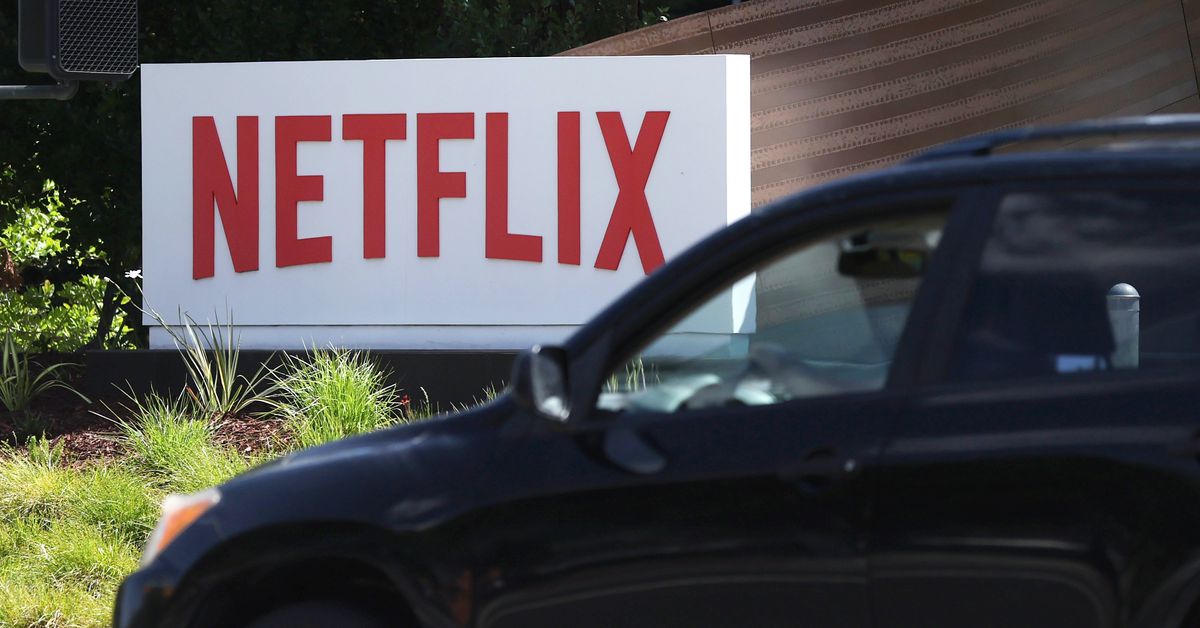For months, top tech companies have announced round after round of layoffs as the US economy slows down and fears of a recession have grown. Although the headlines seem dismal, labor economists say the layoffs might not necessarily signal a major downturn in other industries.
So far this year, more than 41,000 workers in the tech sector have been laid off, according to data compiled by Crunchbase. Late last month, Snap said it would lay off 20 percent of its employees after the company reported disappointing earnings for the second quarter. Other big companies — including Netflix, Microsoft, and Shopify — have laid off hundreds of employees already this year. Google and Apple have also reportedly decided to freeze or slow down hiring.
Economists and investors have grown wary of a potential downturn in the labor market as the Federal Reserve raises interest rates to cool consumer demand and bring inflation under control. As people spend less on goods and services, the idea is that prices should drop. But that risks triggering a recession, since businesses could slow down hiring or lay off workers in response to a drop in demand.
Along with the tech sector, layoffs in the real estate industry have garnered headlines as mortgage rates rise and home sales drop. And according to an August PwC survey, half of US executives polled said they were reducing overall headcount even as they remained concerned about hiring and retaining talent.
But despite the troubling wave of layoffs in the tech industry, they may be, in part, a return to more normal hiring levels. Many companies ramped up hiring earlier in the pandemic as more people started working from home or hosting events online. And the overall labor market still looks resilient. Employers added 315,000 jobs to the economy in August, a slowdown from July’s big increase but a solid gain. And even though the unemployment rate rose to 3.7 percent last month, more Americans joined the labor force, and the rate was only slightly up from 3.5 percent in July, a half-century low.
On top of that, aggregate data shows that layoffs are still low (about 1.4 million people were laid off or discharged in July, compared to nearly 2 million in February 2020). New applications for unemployment benefits have also started to drop in recent weeks.
Some labor economists say the layoffs in the tech industry have likely been too small so far to have an outsized impact on the overall employment data. And although they say lags in government reporting could be understating the layoffs, overall demand for tech workers remains strong and fewer layoffs than normal in other industries, such as hospitality, may be offsetting the losses.
And most workers in the tech industry who are getting laid off don’t appear to be struggling to find other job opportunities because of the tight labor market, economists say.
Julia Pollak, the chief economist at ZipRecruiter, said the layoffs clearly signaled a slowdown in the tech industry, but she didn’t expect that to necessarily be a leading indicator for hiring trends in the broader labor market.
“I think the fallout for the rest of the economy will be pretty limited,” Pollak said.
Although tech executives have said they’re worried about the trajectory of the US economy, tech companies have also faced unique challenges as the economy shifts back to more normal conditions, she said.
Earlier in the pandemic, some tech companies “experienced explosive growth” and ramped up hiring, Pollak said. Now, some of those companies are starting to scale back to more sustainable hiring and staffing levels. And as some companies lose money because of falling valuations and a strong dollar eroding profits abroad, they’re having to become more conservative in order to boost profitability, she added.
“The once-in-a-lifetime conditions that fostered their growth have now kind of evaporated,” Pollak said. “People are going back to the gym and back to brick-and-mortar stores. They might not be quite as reliant on online shopping apps and Peloton.”
Tech workers are still in high demand
Even as some in the tech sector are laid off, workers are still in high demand, economists said. Pollak said she has heard from recruiting teams at some companies that are deliberately looking for laid-off workers because they want to “snap up that talent right away.”
Employment remains strong. The tech industry has added 175,700 jobs so far this year, an increase of 46 percent from a year ago, according to data from CompTIA, an information technology trade group. The total number of job postings for tech positions has, however, started to drop.
Daniel Zhao, a lead economist at Glassdoor, also said that many laid-off workers in the tech sector are bouncing back and easily getting new jobs because there are still plenty of job opportunities available. In July, the total number of job openings ticked up to 11.2 million, according to Labor Department data. In comparison, there were about 7 million job openings in February 2020.
Zhao said it didn’t appear as though the majority of tech companies were laying off workers or slowing down hiring, based on anecdotal information, but it was difficult to tell because of a lack of data. He said that most tech companies, though, seem to be reevaluating their hiring plans as the broader economy slows down and the risk of a recession looms.
And although the tech industry’s hiring slowdown might not signal a dramatic shift in the broader labor market yet, it still isn’t great for tech workers since it means they have less leverage over employers, Zhao said. That might mean that workers have to accept, for instance, pay cuts or job opportunities with fewer benefits.
“Even if laid-off workers are able to find a job pretty quickly, it is very stressful and it does mean that workers have less leverage to actually go find a job that is the right fit for them, whether that means it pays well or is a right use of their skills,” Zhao said.





















Discussion about this post